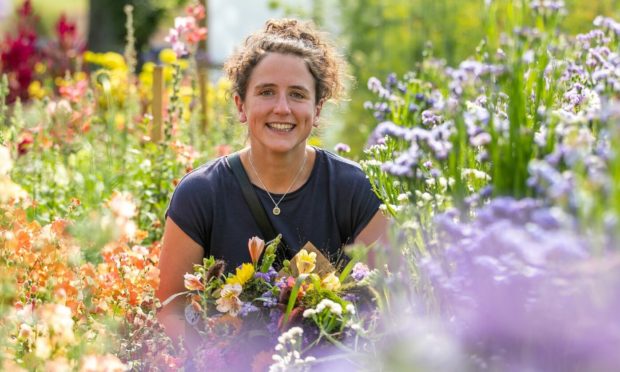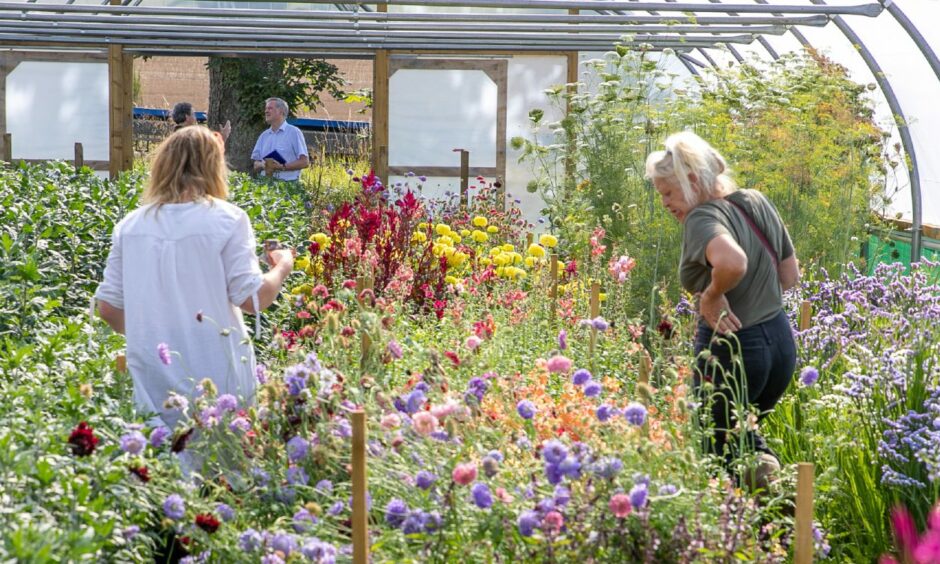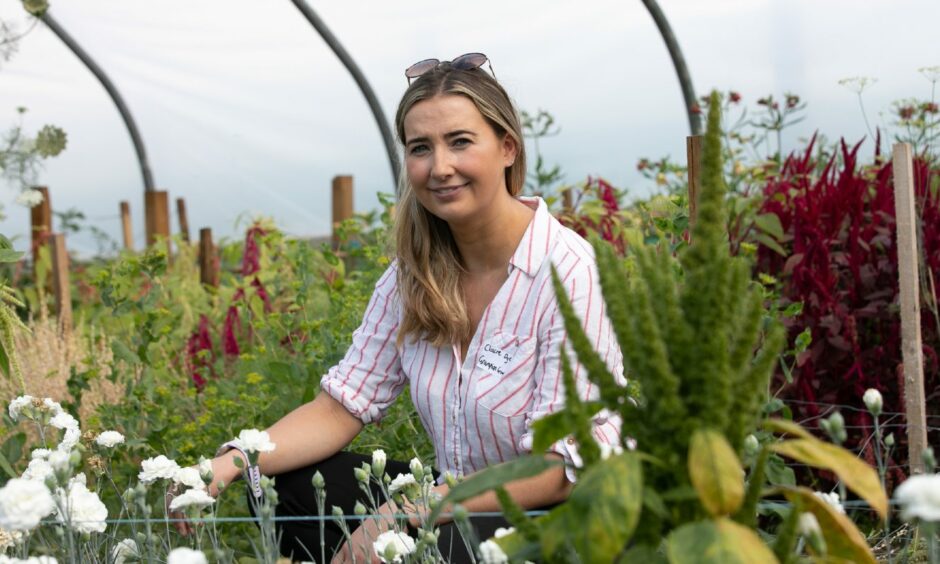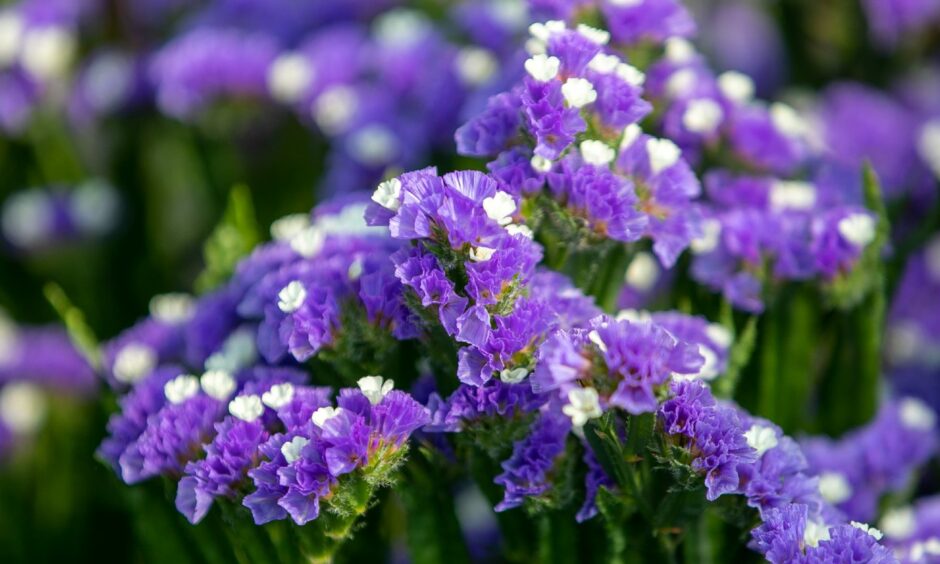Scottish farmers are being encouraged to wake up and smell the roses as established growers capitalise on a blooming market for home-grown cut flowers.
The fledgling Flowers Grown in Scotland (FGS) co-operative of around 30 producers held an open day at Blooming Bees on Wardmill Farm near Forfar, where Rural Affairs Secretary, Mairi Gougeon threw her weight behind the movement for locally-grown produce.
“We can see the potential for the Scottish flower industry grow because it’s about provenance. In much the same way as we buy local with our meat, fruit or veg, we can do the same with our flowers,” she said.
“I’m keen to see what we can do to help the sector grow because there are clearly diversification opportunities that can be developed.”
FGS was formed just 12 months ago, and founder members include Grampian Growers, Blooming Bees and the McWilliam family who have a pick-your-own flower field at Haughhead, Laurencekirk.
Grampian Growers development manager, Claire Dyce, said that while locally-produced cut flower sales had taken off in the last year, the sector faced challenges including logistics and having enough volume to offer wholesalers continuity of supply.
“Customers are starting to recognise that buying Scottish is good. Our flowers have environmental credentials, no air miles and a much longer shelf life compared to flowers that have been flown in from Holland or Africa and kept refrigerated for weeks,” she said.
“But there are questions to iron out which is why we need to come together as a group to get the best price for our produce.”
Fiona Inglis , who has run Pyrus , a flower business in East Lothian, for 10 years said the sector had grown from just six producers to 60 in a decade.
“There is a lot of enthusiasm but there are pitfalls you have to be aware of,” she warned.
“I’d recommend investing in a good flower farming course, and being very clear about who you intend to sell to. Don’t just grow the flowers you like – although that does help!
“The key thing to remember is that a flower farm shouldn’t have any flowers in it. They should all be at a wedding or in someone else’s house.”



